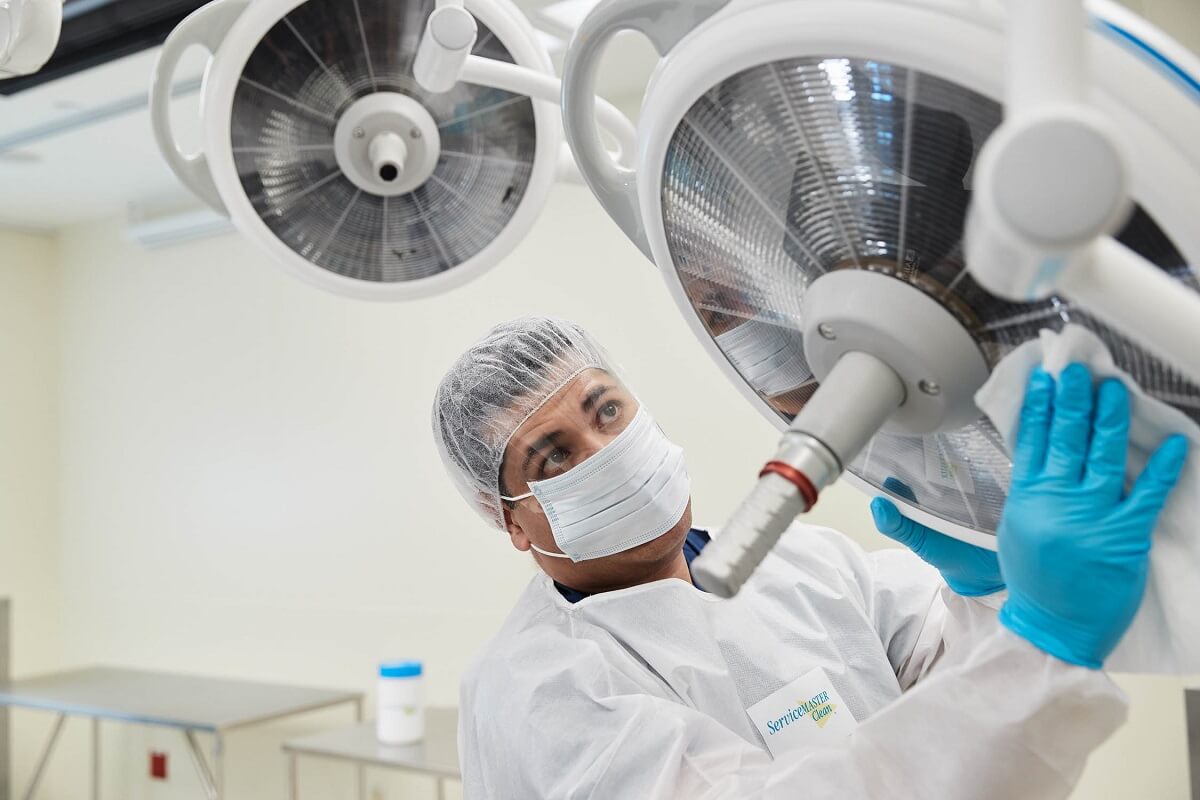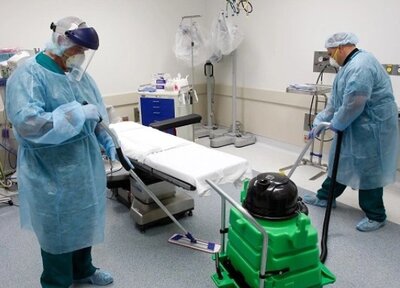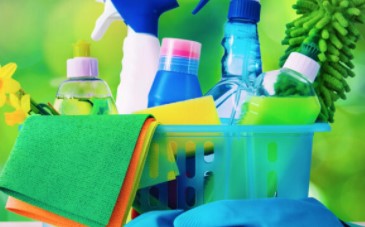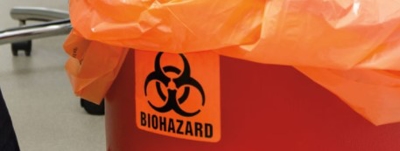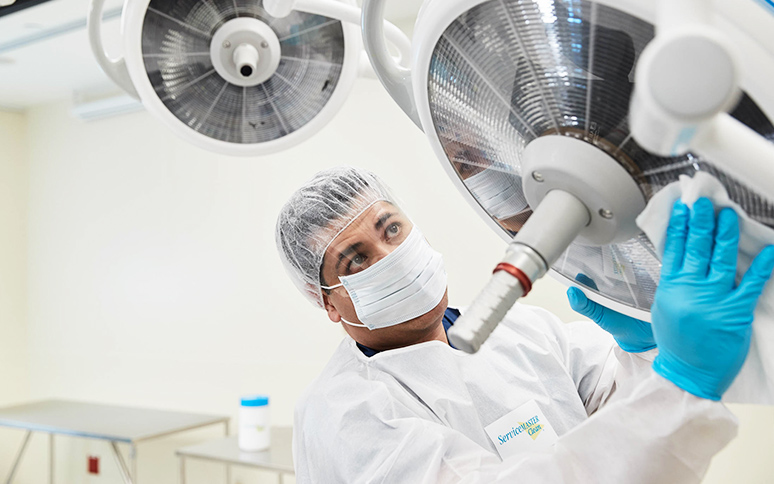5 Areas to Clean in Your Operating Room You May Overlook
Operating rooms must be sterile environments to ensure patient safety throughout the procedure. While you're no doubt aware of the importance of cleaning the OR both before and after every surgery, your OR cleaning checklist might overlook some areas that can harbor dirt, dust and pathogens. Keep these five trouble spots in mind to help reduce the risk of infections in your facility.
1. Behind Equipment and Furnishings
You probably wipe down used equipment and furnishings such as tables, carts and stools after a surgery to rid them of germs. However, it's also important to move these items so that you can clean under and behind them. Pull furniture and equipment away from the wall so that you can sweep and mop behind these items. Dust and debris often collect in corners and underneath equipment, where they can harbor infectious agents. Take the time to thoroughly clean behind these items to eliminate buildup that reduces the sterility of your operating environment.
2. Floors
Surfaces like the operating table might seem like the most germ-prone spots in the OR, but the floors aren't far behind. Bodily fluids and other substances can land on the floor during a surgery, requiring prompt cleanup. The Centers for Disease Control and Prevention recommend in their Guidelines for Environmental Infection Control in Healthcare Facilities the use of approved detergents and disinfectants to clean bodily fluids or bloods from the floor. In particular, look for cleaning solutions that have been reviewed and approved by the Environmental Protection Agency.
3. Ceiling
It's easy to assume the ceiling in your OR is always going to stay untouched and spotless, but the ceiling is still a place that can harbor germs, dust and buildup. Accumulated debris can eventually fall, posing a serious health risk during a procedure. Mitigate this risk by regularly cleaning the ceiling (including lighting fixtures) in your operating room. Use a microfiber cloth to easily wipe away any dust, and take the opportunity to inspect the ceiling area for any spots that require more intensive cleanup and disinfection.
4. Cabinets
As a standard practice, you probably wipe down the outside of the cabinets in your OR. However, be sure not to overlook the interior, where germs can easily lurk until they are introduced into the room. (Think of how many hands reach into those cabinets during a given procedure.) Always wipe down the cabinet shelves, handles and contents to minimize the spread of harmful agents during and after an operation.
5. Biohazard Trashcans
The biohazard trashcan in your operating room allows you to dispose of biohazardous waste safely and properly. But even if your waste has been properly bagged and disposed of, the trashcan itself can be a hot spot for pathogens. Take the time to properly disinfect all biohazard containers and trashcans to ensure that any medical waste doesn't spread infectious disease around your healthcare facility.
As an industry-leading provider of patient-centered healthcare cleaning services, we know that a properly cleaned OR is a safe OR. Checking these five often-overlooked areas for dirt and debris can go a long way toward reducing germs and minimizing the risk of infection. Browse the ServiceMaster Clean blog for additional tips on how to keep your healthcare facility clean, and don't hesitate to contact us to learn more about professional cleaning services that create a safe and sterile environment for your patients.

